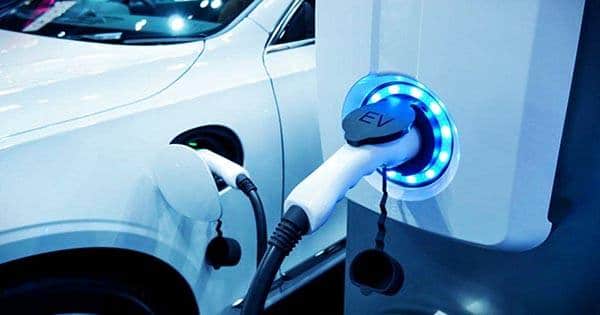President Joe Biden’s goal for electric vehicles (EVs) to account for roughly half of all vehicle sales in the United States by 2030 is a clear sign that the country is making progress toward decarbonizing its transportation systems, which presently account for over half of all emissions. Though federal funding is crucial in driving the adoption of electric vehicles, we must also address the coming need to repair the decaying U.S. electric infrastructure that millions currently rely on, notably the power grid’s capacities.
As society transitions to an all-electric future and demand for electric vehicles develop, one difficulty our modern world will face is how to charge the growing number of vehicles without overloading the grid. While some believe that electric vehicles would overburden the power grid, others have discovered ways to support our energy infrastructures, such as wireless charging, vehicle-to-grid (V2G) integration, and more efficient ways of utilizing renewable energy sources, to mention a few.
There is an urgent need to identify solutions that can reinforce this crucial infrastructure to avoid pushing the grid to its limits, notwithstanding justified concerns about the unstable grid.
Extreme heatwaves, which formerly occurred only once every 50 years, are now predicted to occur once per decade or more frequently as a result of global warming and anthropogenic emissions, according to a recent IPCC climate change assessment. While this has already been demonstrated in the Pacific Northwest this year with record-breaking heatwaves and wildfires, utilities, operators, and industry experts continue to be concerned about whether current energy systems will be able to withstand rising temperatures as a result of climate change.
It’s not just the heat: a cold snap in Texas in February wrecked energy infrastructure and left millions without electricity. These figures will only rise when temperatures rise and the grid becomes overburdened in order to satisfy demand.
Aside from the impact of changing temperatures on the grid, many people are concerned about the grid’s ability to sustain the growing number of electric vehicles scheduled to join the market in the coming years. There is a need for flexible EV charging choices that can boost flexibility and load times during peak charging hours, as projections indicate that transportation electrification would likely require a doubling of U.S. generation capacity by 2050.
It’s not just the heat: a cold snap in Texas in February wrecked energy infrastructure and left millions without electricity. These figures will only rise when temperatures rise and the grid becomes overburdened in order to satisfy demand.
Aside from the impact of changing temperatures on the grid, many people are concerned about the grid’s ability to sustain the growing number of electric vehicles scheduled to join the market in the coming years. There is a need for flexible EV charging choices that can boost flexibility and load times during peak charging hours, as projections indicate that transportation electrification would likely require a doubling of U.S. generation capacity by 2050.














